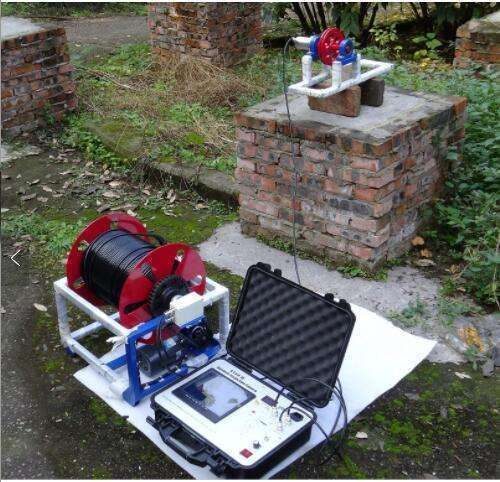A Guide to Choosing the Best Inspection Camera
When it comes to fixing issues in hard-to-reach places, inspection cameras are an essential tool for any professional. They help you identify the root of a problem and make repairs quickly and efficiently, saving you time and money in the long run. But with different types available, it’s hard to determine which one is the best fit for your needs.
From cable length to camera head size, there are many factors to consider when browsing. In this guide, I’ll walk you through the key features and considerations you should keep in mind to help you choose the best camera for your needs.
Factors to Consider

Depth Rating
The depth rating is an essential factor to look into when searching for the suitable underwater inspection cameras for your needs. When it comes to underwater inspection, it’s important to choose a system that’s designed to withstand the pressure and challenges of the environment. The depth rating refers to the maximum depth that the device can safely operate without suffering damage. Typically, the higher the depth rating, the more capable the camera is of withstanding the pressure and other challenges.
This underwater inspection camera system is designed to operate in deep well shafts and has an impressive depth rating of up to 500 meters (1640 feet). This makes it ideal for inspecting and analysing well shafts, such as those in the oil and gas industry, as well as in mining and water treatment facilities. With its durable design and advanced features, it’s capable of withstanding the challenging conditions found in deep well environments and providing clear and detailed footage even at extreme depths.
Lighting
Without adequate lighting, even the most advanced underwater inspection camera can’t capture clear and detailed images of the objects or structures you’re trying to inspect. That’s why it’s important to look for a device that comes with powerful and reliable lighting features. Ideally, you want a device that has built-in LED lights or other types of illumination that provide sufficient brightness and clarity even in low-light conditions.
Another important consideration is the placement of the lights on the camera. It should have strategically placed lights that properly illuminate the area you’re trying to inspect from multiple angles. This will ensure that you can capture a complete and accurate picture of the object or structure you’re examining. So, when you’re shopping for an inspection camera for your business, make sure you pay close attention to the lighting features!
Camera Head Size
The size of the camera head determines the type of inspection you can perform and the spaces you can access. A larger head may have better image quality and more features, but it also limits accessibility. If you need to inspect small, tight spaces like pipes or engine compartments, a smaller head will be a great fit. On the other hand, if you need to inspect larger spaces such as air ducts or industrial tanks, a larger head is often necessary to capture a wider field of view.
Cable Length
The length of the cable will determine the distance your camera can reach and the flexibility it has to manoeuvre around tight corners and obstacles. If you need to inspect areas that are far away from the entry point or have complex bends and turns, you should go for a longer cable.
This will allow you to reach those difficult areas and capture clear images of the inspection site. On the other hand, if you only need to inspect areas that are relatively close to the entry point, a shorter cable will work just fine. It’ll also be more convenient to use and easier to handle, especially if you’re working in tight spaces.
It’s important to remember that the longer the cable, the more difficult it usually is to handle and control. So, you want to make sure that the one you choose is manageable and doesn’t compromise your ability to perform accurate inspections.
What are Some Features to Look for in an Inspection Camera?

When it comes to buying an underwater inspection camera for your projects, there are several additional features that you may want to consider depending on your specific need:
- Water Resistance: Of course, this is the most important feature to check. Make sure the camera is designed to withstand the pressures of being submerged in water for extended periods of time, and that it’s rated for the depths you’ll be exploring;
- Image Quality: You want to be able to clearly see and identify any issues in your inspection footage, so look for a device that offers high resolution and good colour representation;
- Manoeuvrability: Underwater inspections are often challenging, so it’s important to look for an inspection device that’s easy to manoeuvre in tight spaces. Features like flexible cables and adjustable angles will help you get a better view of the inspection site;
- High-quality display screen: This will allow you to view the images and video captured by the camera in real time, making it easier to identify any potential issues or areas of concern. Look for a display that is large enough to provide a clear view of the images, but also portable and easy to use. Some cameras come with built-in displays, while others require you to connect them to an external monitor or display device;
- Battery Life: Finally, battery life is an important consideration, especially if you’ll be conducting lengthy inspections. Look for a product with long battery life, or the ability to easily swap out batteries when needed.






